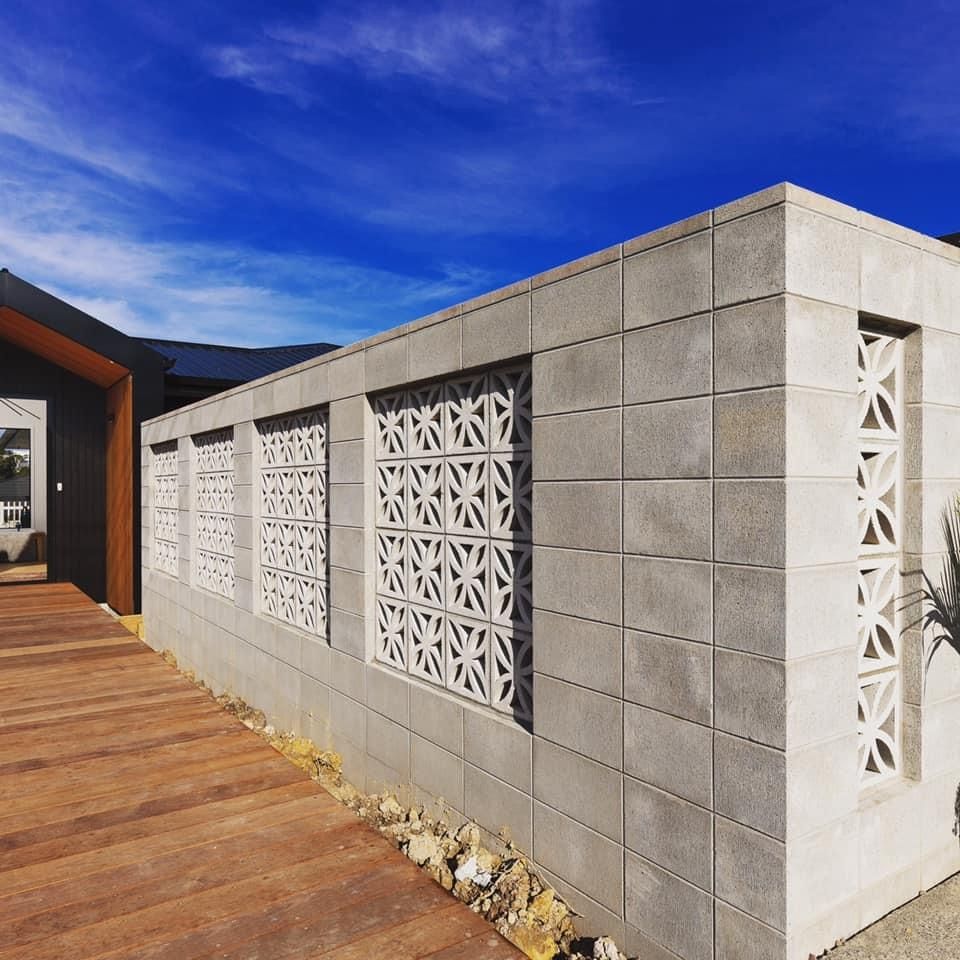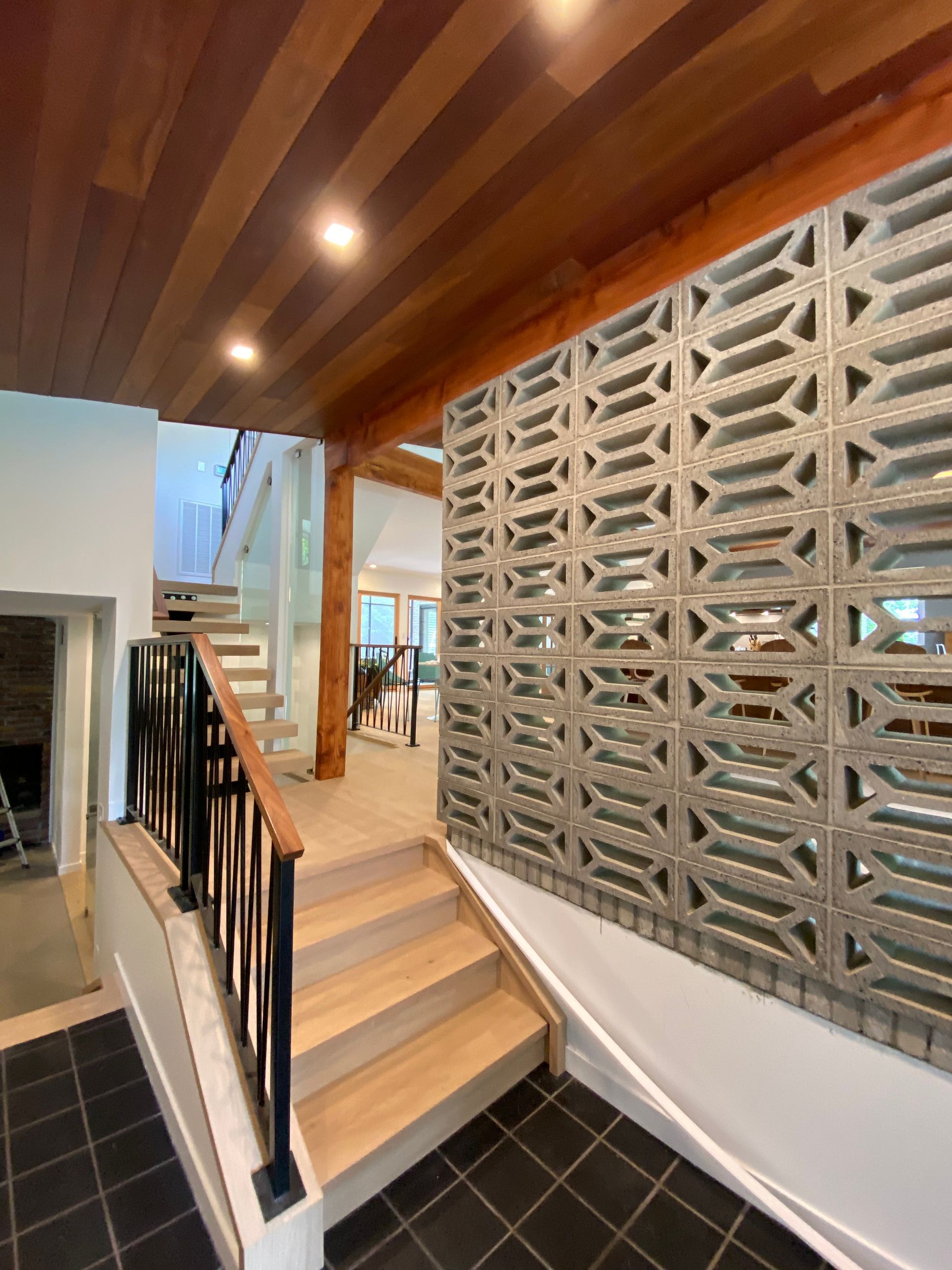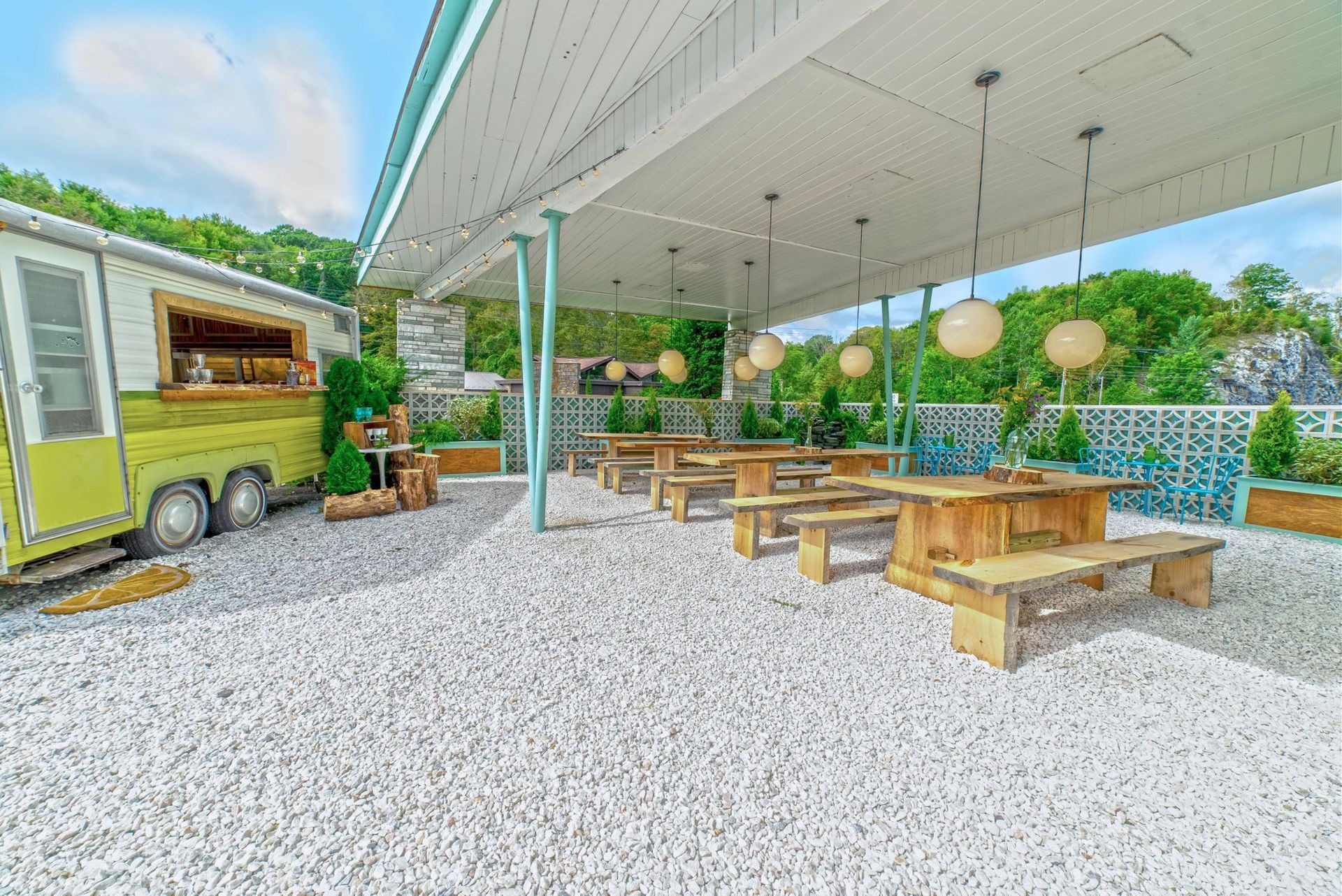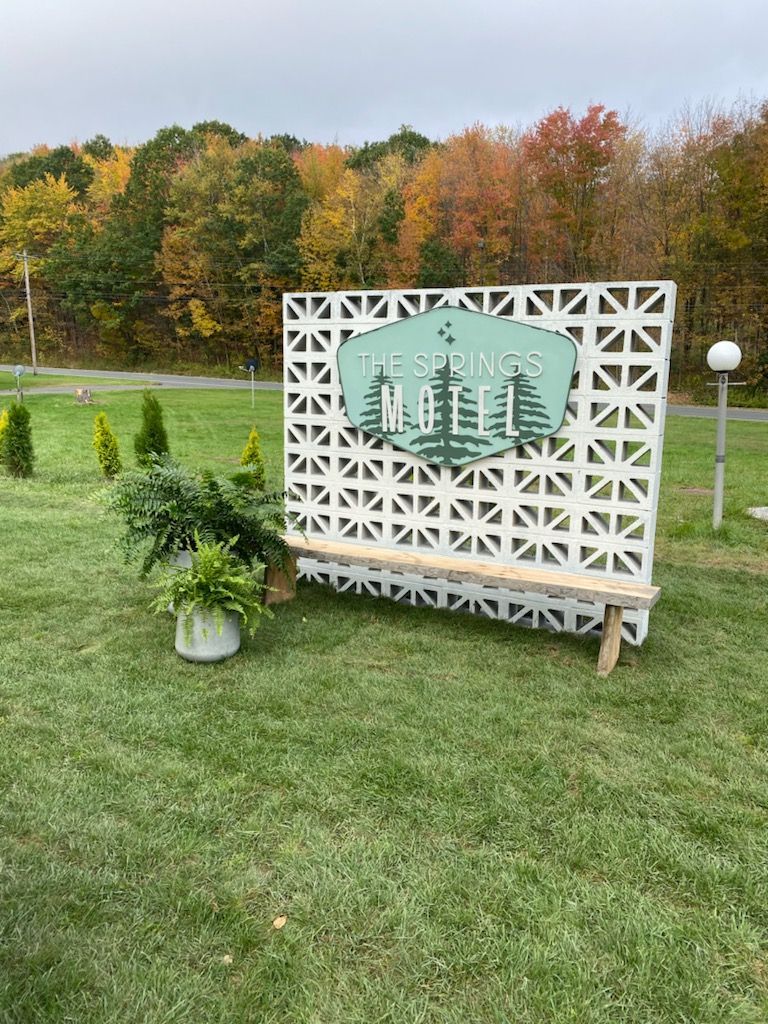What are Breeze Blocks and why are they trending?
April 16, 2024
What are Breeze Blocks and why are they trending?

Breeze blocks, also known as architectural screen blocks, have experienced a resurgence in popularity in recent years. But what exactly are breeze blocks, and what makes them so appealing? In this blog post, we'll uncover the secrets behind breeze blocks, exploring their origins, characteristics, and why they've become a staple in contemporary architecture and design.
What Are Breeze Blocks?
Breeze blocks are modular building blocks made from concrete, typically featuring hollow patterns or perforations. These patterns not only add visual interest but also allow for the passage of light, air, and sound. Originally popularized in mid-century modern architecture, breeze blocks have evolved to become a versatile element in both interior and exterior design.
The Versatility of Breeze Blocks:
One of the key reasons for the popularity of breeze blocks is their versatility. They can be used in a variety of architectural applications, including as partitions, screens, facades, and decorative accents. Whether creating privacy screens on patios, adding texture to exterior walls, or enhancing interior spaces with unique patterns, breeze blocks offer endless possibilities for creative expression.
Why Breeze Blocks Are Trending:
Breeze blocks have captured the imagination of designers and homeowners alike for several reasons. Their retro charm, combined with their modern appeal and sustainable benefits, makes them a sought-after choice in contemporary design. Additionally, breeze blocks provide a balance of form and function, offering aesthetic value while also enhancing ventilation, natural light, and privacy in architectural spaces.
Conclusion:
Breeze blocks may have humble origins, but their impact on architectural design is undeniable. From their practical benefits to their aesthetic appeal, these versatile building blocks continue to inspire creativity and innovation in the world of design. Whether used to evoke a sense of nostalgia or to make a bold statement in modern architecture, breeze blocks are here to stay.

Breeze blocks have experienced a renaissance in modern architecture, with their timeless beauty and functional versatility captivating designers and homeowners alike. Among the many captivating designs available, Style 2094 Flower breeze blocks stand out with their intricate floral pattern that adds a touch of nature's elegance to any architectural project. In this blog post, we'll explore the history, design possibilities, and contemporary applications of these iconic architectural elements.





